In the heart of Singapore’s urban landscape, an unexpected drama unfolds daily along the city’s canals and waterways. The protagonists? Not humans, but otters—sleek, playful creatures whose social dynamics have captivated locals and tourists alike. Over the past decade, Singapore’s otter population has surged, leading to the formation of distinct families or "gangs" that fiercely defend their territories. Among them, the most notorious are the Bishan and Marina otter families, whose rivalry has become the stuff of local legend.
The story of Singapore’s otter gangs began in the early 2010s when smooth-coated otters, once thought to be extinct in the area, began reappearing in the city’s revitalized waterways. The Bishan family, named after Bishan-Ang Mo Kio Park where they were first spotted, quickly rose to fame. Their charismatic antics—playing in fountains, hunting fish in shallow waters, and even crossing busy roads—earned them a devoted following. But as their numbers grew, so did their territorial ambitions, leading to inevitable clashes with other otter clans.
Enter the Marina family, a rival group that established its dominion around the Marina Bay area. Unlike the Bishan otters, which thrived in freshwater environments, the Marina family adapted to the brackish waters near the bay, feasting on a diet of saltwater fish. Their encounters with the Bishan gang were initially sporadic, but as both families expanded, tensions escalated. What followed was a series of skirmishes that played out like scenes from a wildlife documentary, complete with strategic ambushes and dramatic chases through the canals.
The Battle for Canal Territory
One of the most infamous confrontations occurred in 2017 at the Kallang River, a narrow waterway that became a battleground for the two factions. Eyewitnesses reported seeing over a dozen otters from both families engaged in a noisy, chaotic struggle, their high-pitched screams echoing off the concrete banks. The Bishan family, though outnumbered, used their familiarity with the terrain to outmaneuver the Marina group, eventually forcing them to retreat. This victory solidified the Bishan otters’ reputation as the dominant clan, but the Marina family was far from defeated.
Biologists observing these interactions note that such conflicts are not merely about food or space but also about social hierarchy. Otters are highly intelligent and social animals, with complex communication systems and strong family bonds. The rivalry between the Bishan and Marina families mirrors the territorial disputes seen in other apex predators, albeit with a distinctly Singaporean twist. The city’s carefully engineered waterways, designed for flood control and recreation, have inadvertently created a perfect stage for these aquatic dramas.
The Human Factor
Singaporeans have embraced their otter gangs with a mix of amusement and pride. Social media is abuzz with photos and videos of the otters, and local businesses have even capitalized on their popularity, selling otter-themed merchandise and organizing guided "otter-watching" tours. However, the otters’ rise to stardom hasn’t been without controversy. Some residents complain about the damage they cause—ravaged koi ponds, disrupted fish stocks, and the occasional aggressive encounter with pets.
Authorities have walked a fine line between protecting the otters and managing their impact on urban life. The National Parks Board has issued guidelines urging the public not to feed the animals or interfere with their natural behavior. Yet, enforcing these rules is challenging when the otters have become such beloved celebrities. The situation highlights the broader challenges of urban wildlife coexistence in a city that prides itself on its "City in Nature" vision.
A Changing Landscape
In recent years, the dynamics of Singapore’s otter gangs have shifted. New families have emerged, such as the Zouk clan near the nightlife district, while older groups have seen their territories shrink due to construction and human activity. The Bishan family, once unrivaled, has faced internal strife, with younger otters splintering off to form their own groups. Meanwhile, the Marina family has staged a comeback, reclaiming parts of the Kallang Basin.
What does the future hold for Singapore’s otter gangs? Experts predict that as long as the city’s waterways remain clean and teeming with fish, the otters will continue to thrive. Their story is a testament to Singapore’s success in restoring its natural habitats, even as it grapples with the complexities of urbanization. For now, the otters’ territorial squabbles remain a fascinating spectacle—a reminder that nature, no matter how carefully managed, always finds a way to surprise us.

By /Aug 12, 2025

By /Aug 12, 2025

By /Aug 12, 2025
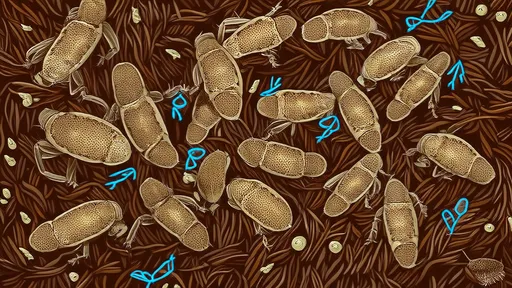
By /Aug 12, 2025

By /Aug 12, 2025
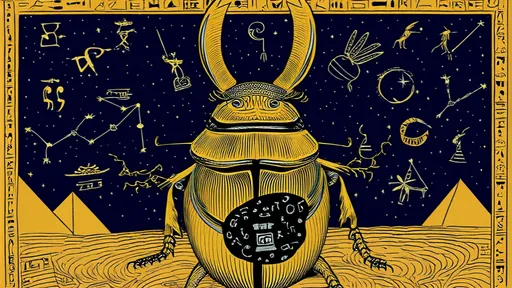
By /Aug 12, 2025
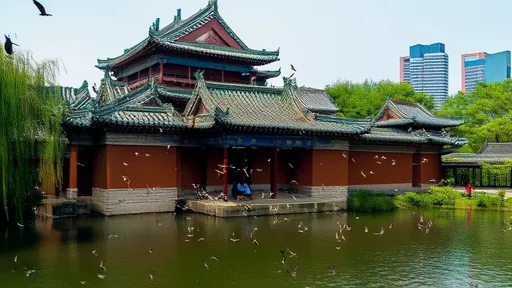
By /Aug 12, 2025
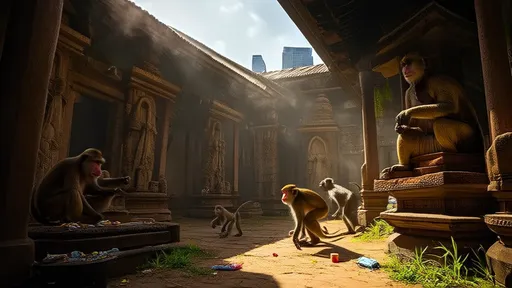
By /Aug 12, 2025
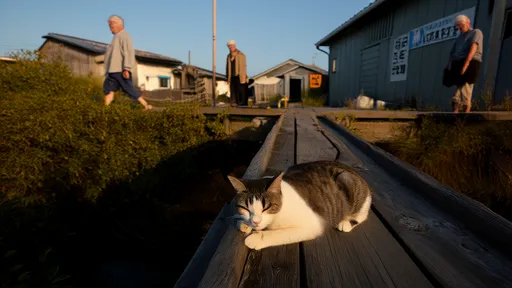
By /Aug 12, 2025

By /Aug 12, 2025
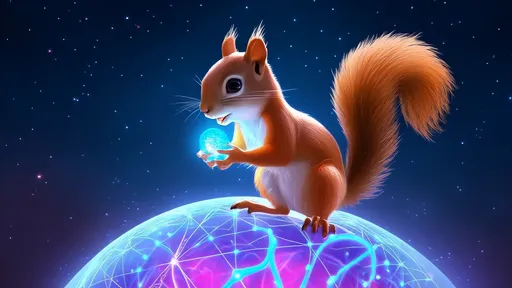
By /Aug 12, 2025
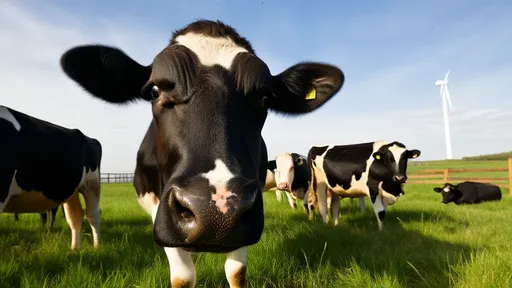
By /Aug 12, 2025
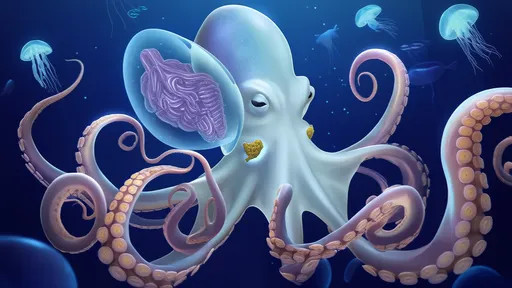
By /Aug 12, 2025

By /Aug 12, 2025
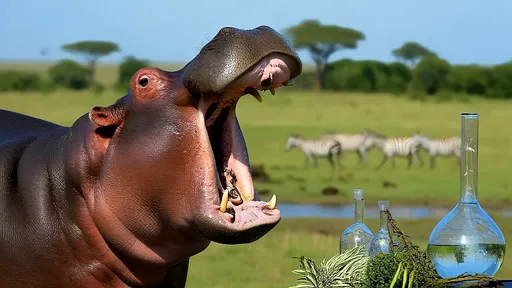
By /Aug 12, 2025
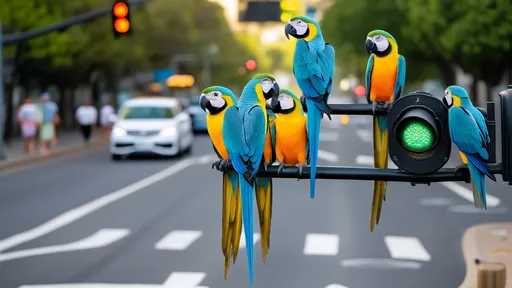
By /Aug 12, 2025

By /Aug 12, 2025
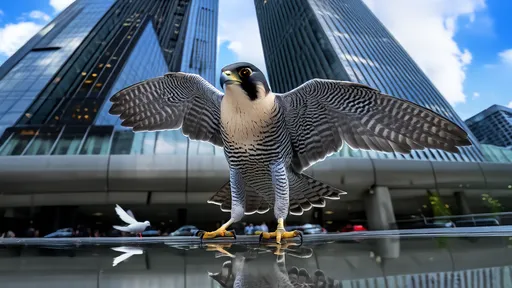
By /Aug 12, 2025
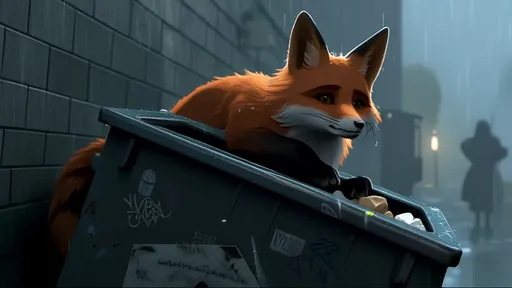
By /Aug 12, 2025
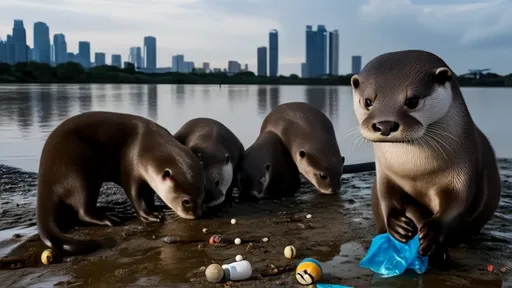
By /Aug 12, 2025